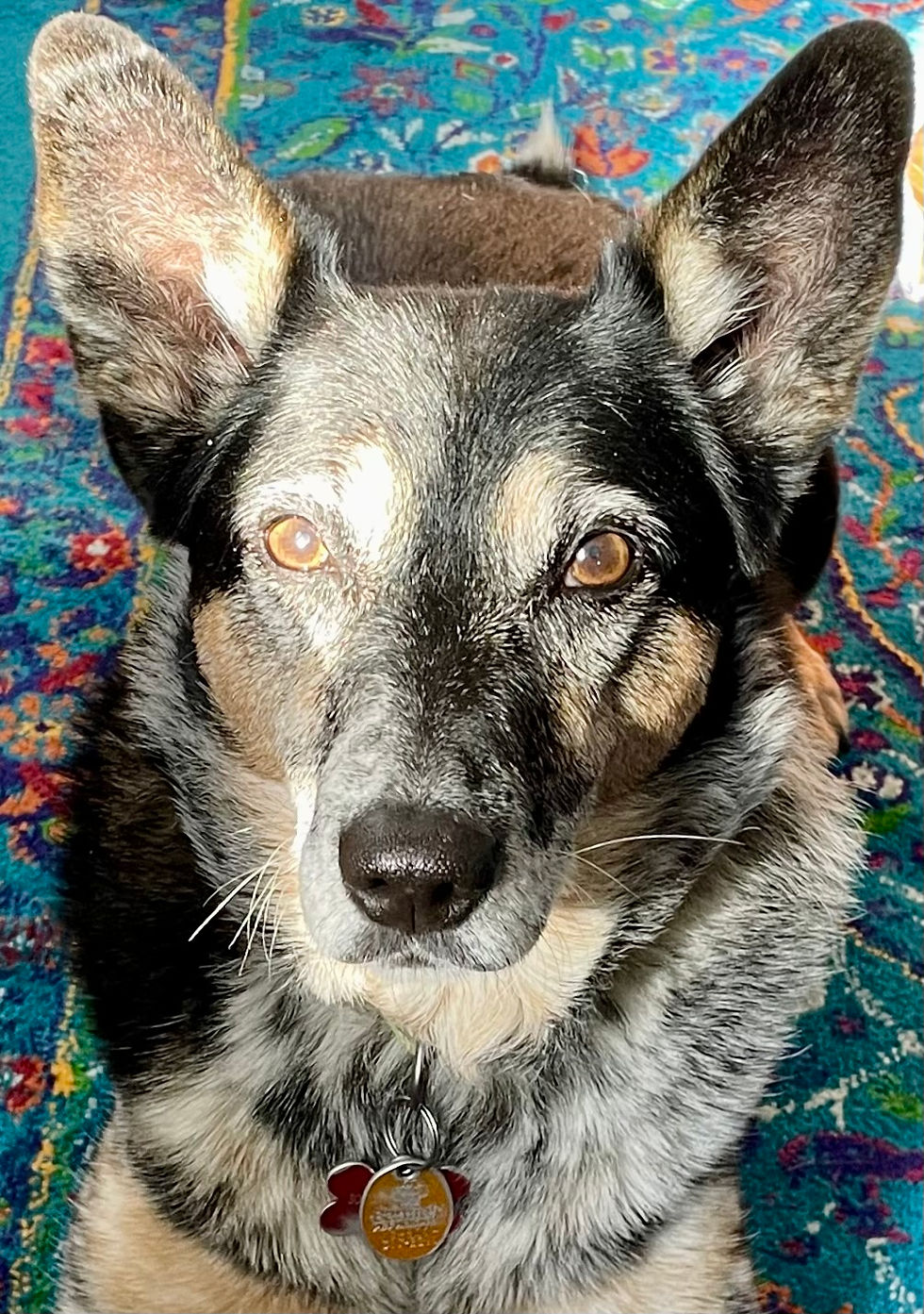Safe Outlets For Our Doggie Hunters
- Virginia Dare

- Apr 5, 2022
- 3 min read
Updated: Apr 16, 2022

Many dogs are highly motivated to chase and hunt prey. This is normal behavior, but for soft-hearted folks like me, the idea of one of my dogs killing a small critter disturbs me deeply. It can also be dangerous for the dog to chase, as he may be hit by a car or injured by a critter who puts up a formidable fight. So I'm always looking for ideas that channel their hunting instinct into fun, no-animals-were-harmed activities.
For example, some dogs will happily channel their desire to chase critters into games like fetch or flirt pole play. Others may find some satisfaction in disemboweling stuffed animals or playing rousing games of tug with a squeaky toy instead of a real animal. Even if these activities don't really quench their killer instincts, they can be a lot of fun, they provide an outlet for their energy, and they help to build a positive and focused relationship with their person.

Another nifty idea is to create scent trails for a dog to follow. I did this with a dachshund who was visiting at my house. Tutu loves to hunt bunnies. I purchased a rabbit scent packaged in a handy deoderant-type stick, and applied to a fake bunny with a string attached. I then dragged the 'bunny' through my yard and hid it. Tutu had no trouble at all following that trail, and once she found the 'bunny,' I dragged it around for her to chase. Here's a video showing the whole shebang. It was so much fun! (There are other faux animal scents available, too, like deer and pheasant.)
I've also experimented with a protocol of predation substitute games by trainer Simone Mueller. One of her exercises is about allowing a dog to engage in just the beginning part of the predatory sequence, namely the EYE part of eye --> stalk --> chase --> grab bite --> kill --> dissect --> consume. I tried this with my dog, WildeBean, who would get very charged up when seeing squirrels. When we'd see one on our walks, I'd do my best to maintain ample distance. I then used a very soothing tone of voice to encourage her to 'watch' the squirrel, and I let her watch (without lunging) as long as she needed to. I was surprised to see this actually satisfied her, and then she'd happily move along with me again.
I believe another idea that came from Simone is about hiding bits of cheese around the trunk of a tree, at various heights. Though it's not the same as chasing a squirrel up a tree, it'll sure be fun for a dog to make the discovery that yummy goodies can be found there. Simone has a book called Hunting Together, and it offers lots a great ideas for hunting alternatives.
There are also competitive sports that provide dogs with safe outlets for predatory behavior. Some examples include lure coursing, barn hunt, and earthdog trials.
I want to mention, too, how valuable it is to teach our dogs an extremely reliable recall. Granted, with dogs who have high prey drive, coming out of a squirrel chase is a PhD level recall, but with a smart training plan that builds the skill in small steps, and with dedication on the part of the owner, it can be done!
Virginia Dare is a certified dog trainer & behavior counselor with decades of experience. Her business offers live video consultations anywhere in the US for training and behavior help, along with pre- and post-arrival counseling for new puppies.
She also provides in-home, private lessons and behavior consultations in northern Fairfield and Westchester counties, western New Haven county, Putnam and southern Dutchess counties.
Please visit www.NorthStarCanines.com/services to learn more, or contact me at 804.784.0120



Comments